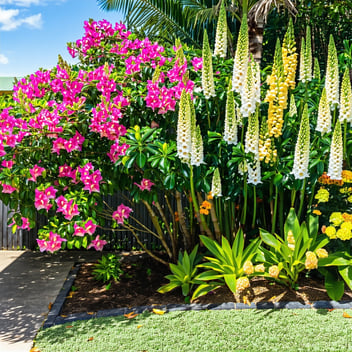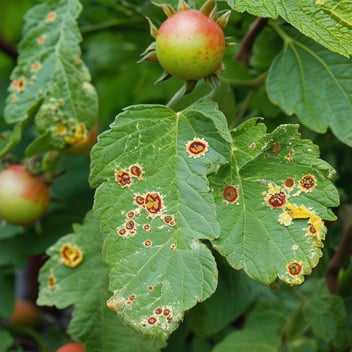The Best Mulch for Fruit Trees in SEQ: A Gardener’s Guide
Introduction
In the sunlit expanses of South East Queensland (SEQ), cultivating fruit trees is both a rewarding endeavor and a horticultural challenge. The region's subtropical climate, characterized by hot, humid summers and mild, dry winters, necessitates thoughtful gardening practices to ensure fruit trees not only survive but thrive. Among these practices, mulching stands out as a cornerstone, offering myriad benefits tailored to the unique conditions of SEQ.
Benefits of Mulching Fruit Trees
Soil Moisture Retention
Mulching acts as a protective blanket over the soil, significantly reducing evaporation rates. This moisture conservation is paramount in SEQ, where sporadic rainfall and intense sun can quickly desiccate the earth, leaving fruit trees parched.
Weed Suppression
A well-applied mulch layer inhibits weed germination by blocking sunlight, thereby reducing competition for vital nutrients and water. This ensures that fruit trees have unobstructed access to the resources they need for robust growth.
Soil Temperature Regulation
Mulch serves as an insulating layer, moderating soil temperatures by keeping roots cooler during sweltering summer days and warmer during the cooler months. This thermal regulation fosters a stable environment conducive to healthy root development.
Nutrient Enrichment
Organic mulches, as they decompose, enrich the soil with essential nutrients. This natural fertilization process enhances soil structure and fertility, promoting vigorous tree growth and bountiful fruit production.
Types of Mulch Suitable for SEQ Fruit Trees
Organic Mulches
-
Sugar Cane Mulch: Abundant in the SEQ region, sugar cane mulch is a byproduct of the local sugar industry. It decomposes relatively quickly, adding valuable organic matter to the soil and improving its texture and fertility. Its light, fibrous nature makes it easy to spread and work with.
-
Pine Bark Mulch: Sourced from plantation-grown hoop pine on Brisbane's outskirts, pine bark mulch is coarse and long-lasting. Its texture helps it stay in place, even on sloped terrains, and it takes longer to break down, providing extended benefits. Additionally, it enhances soil structure as it decomposes.
-
Aged Forest Mulch: Comprising decomposed tree trimmings, aged forest mulch offers a balanced mix of particle sizes. Its aging process ensures the elimination of weed seeds, making it an excellent choice for maintaining soil health and cleanliness. This mulch improves soil moisture retention and adds organic matter as it breaks down.
-
Grass Clippings and Leaf Litter: Readily available and cost-effective, these mulches decompose rapidly, releasing nutrients back into the soil. However, they should be applied carefully to prevent matting, which can impede water infiltration and air circulation. It's advisable to let grass clippings dry out before application to avoid creating a dense, impermeable layer.
Inorganic Mulches
-
Gravel and Pebbles: These materials are durable and low-maintenance, effectively suppressing weeds and preventing soil erosion. However, they do not contribute organic matter to the soil and can retain heat, potentially raising soil temperatures to levels detrimental to some fruit tree species. Their use is more common in decorative landscaping than in fruit orchards.
-
Plastic Mulch: Often used in commercial agriculture, plastic mulch conserves soil moisture and controls weeds effectively. Yet, it lacks the soil-enriching benefits of organic mulches and can lead to issues with soil aeration and temperature regulation if not managed properly. Additionally, disposal of plastic




